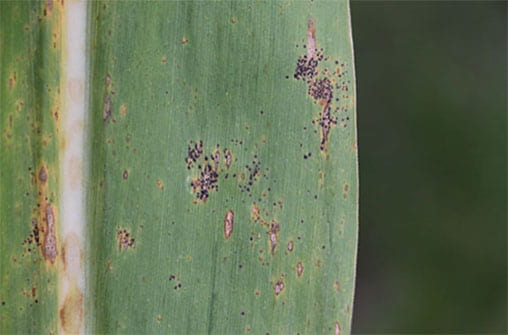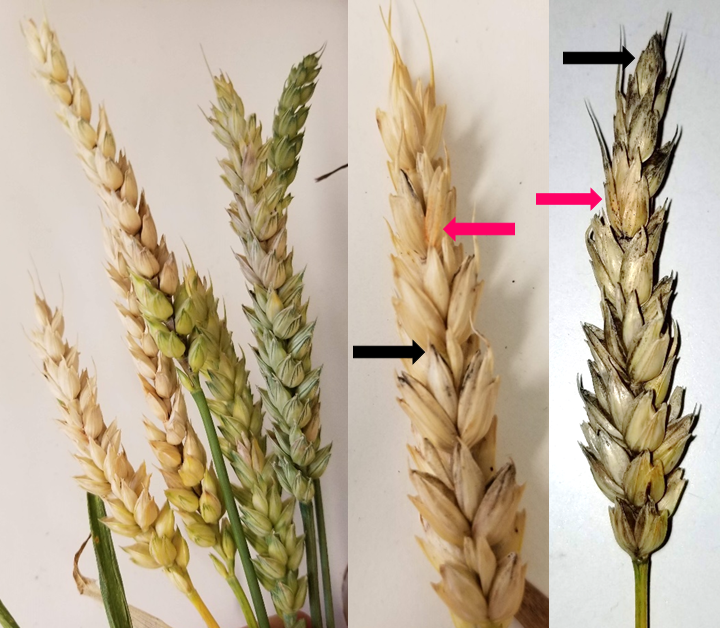By Pierce Paul OSU Extension
Ear rots differ from each other in terms of the damage they cause (their symptoms), the toxins they produce, and the specific conditions under which they develop. So, a good way to determine whether you do have a major ear rot problem this year is to quantify the disease in your field and get suspect samples tested for mycotoxins. And the best way to tell the difference among the ear rots is to know the types of symptoms they produce.
TRICHODERMA EAR ROT – Abundant thick greenish mold growing on and between the kernels make Trichoderma ear rot very easy to distinguish from Diplodia, Fusarium, and Gibberella ear rots. However, other greenish ear rots such as Cladosporium, Penicillium and Aspergillus may sometimes be mistaken for Trichoderma ear rot. Like several of the other ear rots, diseased ears are commonly associated with bird, insect, or other types of damage. Another very characteristic feature of Trichoderma ear rots is sprouting (premature germination of the grain on the ear in the field). Although some species of Trichoderma may produce mycotoxins, these toxins are usually not found in Trichoderma-affected ears under our growing conditions.
DIPLODIA EAR ROT – Diplodia causes a thick white mass of mold to grow on the ear, usually initiating from the base of the ear and growing toward the tip. Eventually the white mold changes to a grayish-brown growth and infected kernels appear glued to the husk. Infected ears are usually lightweight and of poor nutritional value. When infections occur early, the entire ear may become moldy. When infections occur late, only a fine web of fungal growth appears on and between the kernels.




